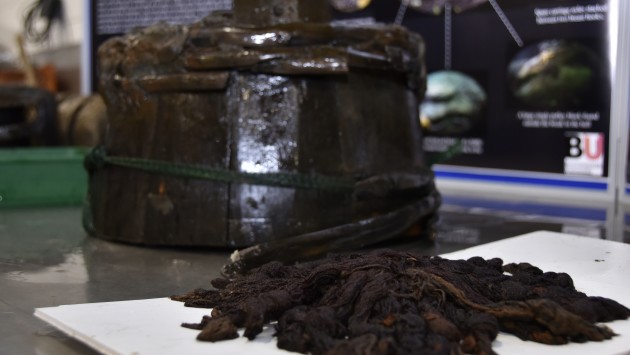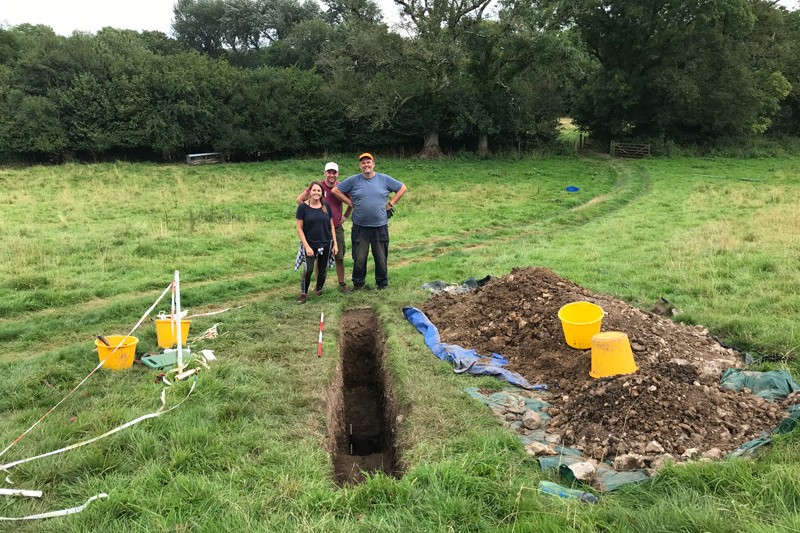The first HMS Invincible, captured from the French in 1747 and sunk off the coast of the Solent in 1758, has been excavated by archaeologists and divers from Bournemouth University (BU) and the Marine Archaeology Sea Trust (MAST).
An emergency excavation was needed to recover the contents of this revolutionary 74-gun ship warship before th ey were lost.
The team of experts, with support from the National Museum of the Royal Navy, recovered a number of important and historic finds that help bring understanding to life on-board an 18th Century Royal Navy warship.
During three years of excavation work, the team recovered significant finds such as swivel guns, a gun port lid, the main stay and even a mop head and bucket. Other finds include a clay pipe, a wig curler and a number of bottles – some with their contents still preserved.
The most major excavation of the project was to lift the cutwater – the front most part of the ship – weighing over 5.8 tonnes and over 9 metres in length – it still has its original hand-carved draft marks cut into it, showing how deep the ship sat in the water.
Dan Pascoe, the site’s archaeologist, said, “It is probably the best-preserved 18th Century warship in the UK. It was full of stores, provisions, and equipment and so much of the ship survives on the seabed and we’ve recovered thousands of artefacts.
“It is those artefacts that tell us about life on-board a warship during the Georgian period. You get such wonderful preservation on the wreck of the Invincible because so much of it survives, you find these artefacts in their original location on the ship and that tells you so much about life on-board.”
The ship was rediscovered in 1979 by a local fisherman, and designated as an Historic Wreck in 1980. It became imperative to recover items from the ship when it was discovered that the bank the ship sits on was migrating away. Due to the work of the team, the excavation is now complete and Historic England has been able to remove the site from its Heritage At Risk Register.
Recovered items will end up on permanent display at the National Museum of the Royal Navy, in Portsmouth, for the public to view.
Dan Pascoe continued, “I can’t wait to see the exhibition because all the hard work that everyone has done is rewarded by seeing it all on display.”
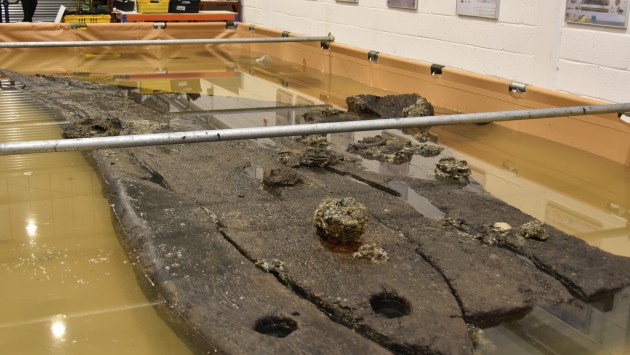
HMS Invincible 8
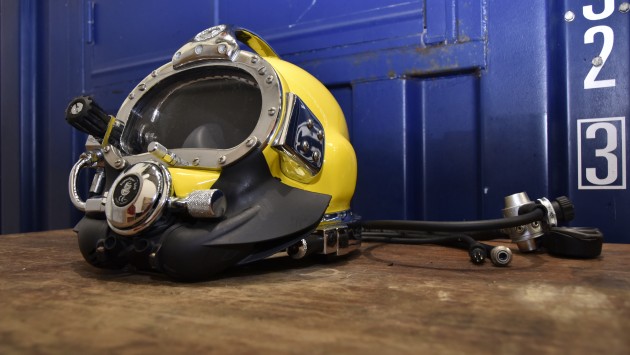
HMS Invincible 7
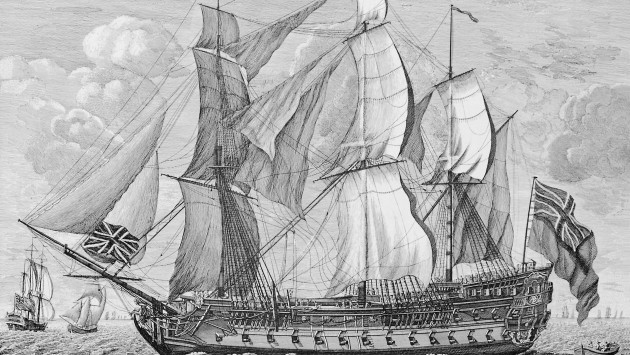
HMS Invincible 6
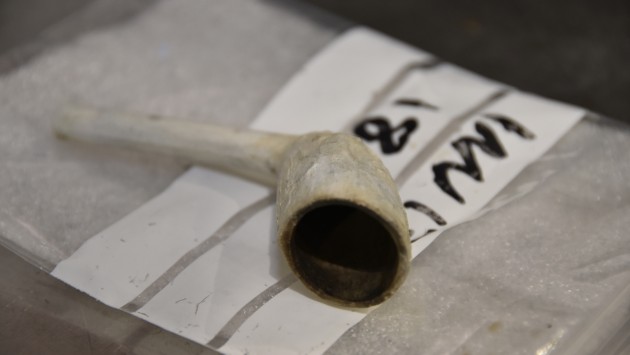
HMS Invincible 5
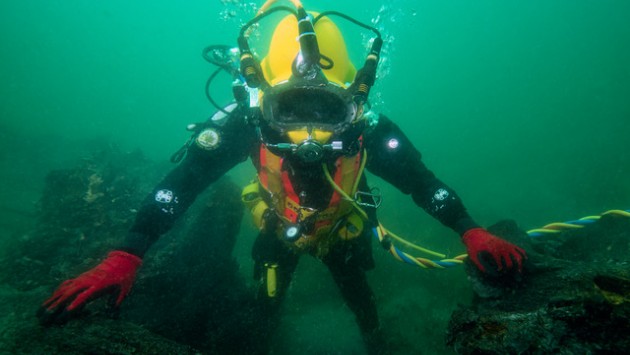
HMS Invincible 4
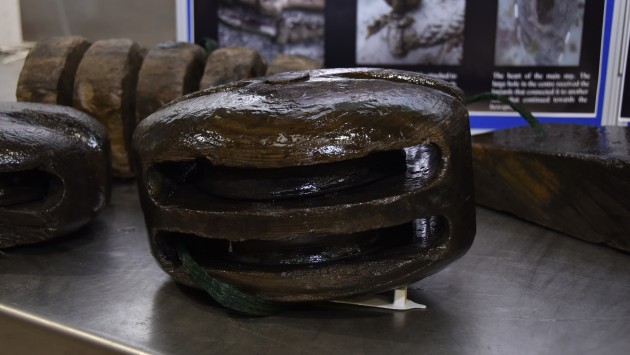
HMS Invincible 3
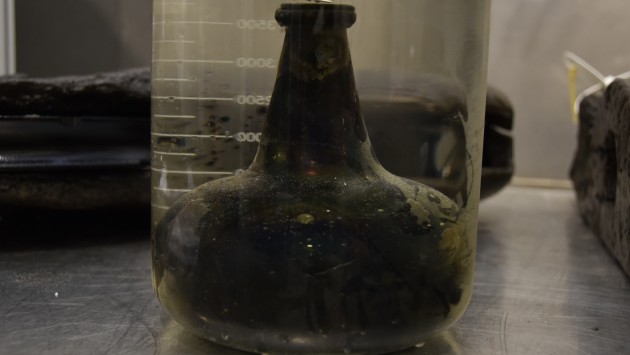
HMS Invincible 2
